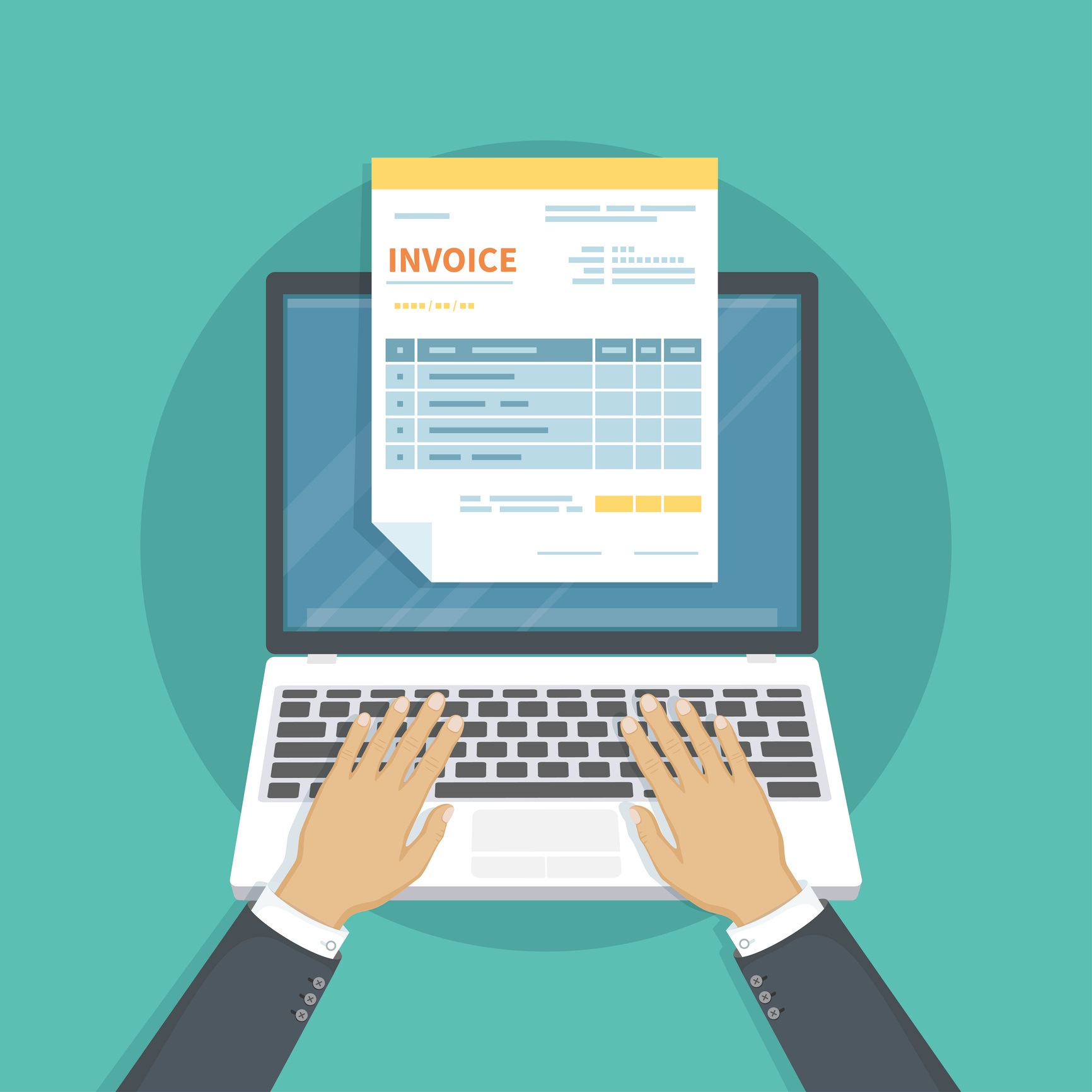What do I put on my US invoice?
What do I put on my US invoice?
Our UK clients are accustomed to following specific legal requirements with respect to the invoices they issue to their customers. Thus, they are often surprised that, except for certain requirements relating to sales tax, what you put on an invoice in the US is largely dictated by custom rather than law.
Firstly, a general comment on US invoices. In the UK, invoices are issued routinely. This is in part because of the important role that an invoice plays in reclaiming VAT. In the US, sales tax is imposed only on the end-user and is not reclaimable. Thus, at least when no sales tax is to be collected, it is common in the US for transactions to occur for which no invoice is ever raised.
If a customer is paying on terms, then an invoice must be raised. So, what should you put on your US invoice? You should include: your company name, address, and any other contact information desired; the customer’s name and address; the date of issue; the payment due date; a description of what is being sold; the amount of each item being sold, as well as the aggregate amount; and any details with respect to sales tax collected. If you expect to receive payment other than by check (and – yes – checks are still common in the US), you should add your account details. Some companies add their employer identification number (or “EIN”) to the invoice, but this is not required.
Note that US invoices do not include the company number. Why? Unlike in the UK where Companies House exists as the sole company registration agency, in the US there are 51 different jurisdictions which register companies. Each has its own numbering system. Thus, the registration number of a US company is meaningless, other than as an administrative tool for the issuing agency.
Finally, each state adopts its own rules relating to what you must put on an invoice relating to sales tax. First, note that if the merchandise is being shipped to an address other than to the customer’s address identified on the invoice, then the ship-to address should also be identified on the invoice. Sales tax is computed based on the ship-to address, not customer’s bill-to or principal office address. Second, the invoice should specifically identify the amount of sales tax collected, the tax rate, and – ideally – the state to which the tax will be remitted. If the sale is exempt from sales tax, or if you do not need to collect tax because you do not have sales tax nexus with the ship-to state, then this should also be indicated on the invoice.


